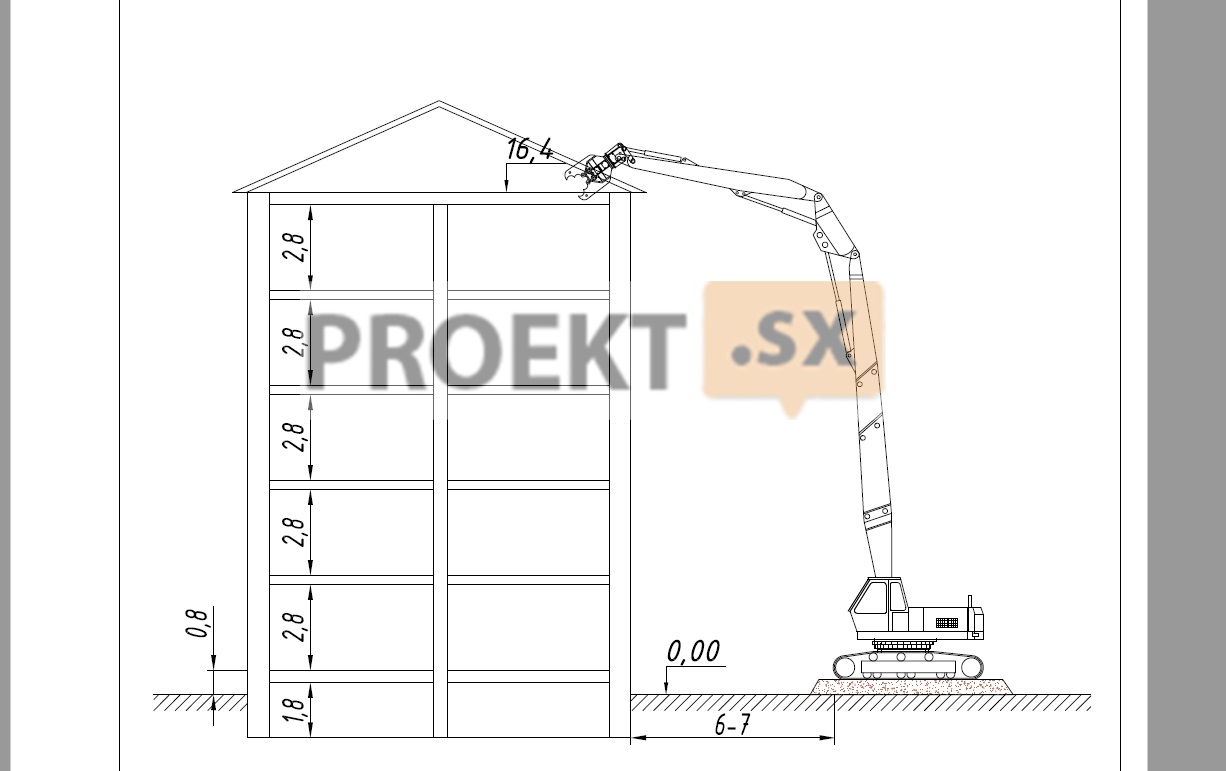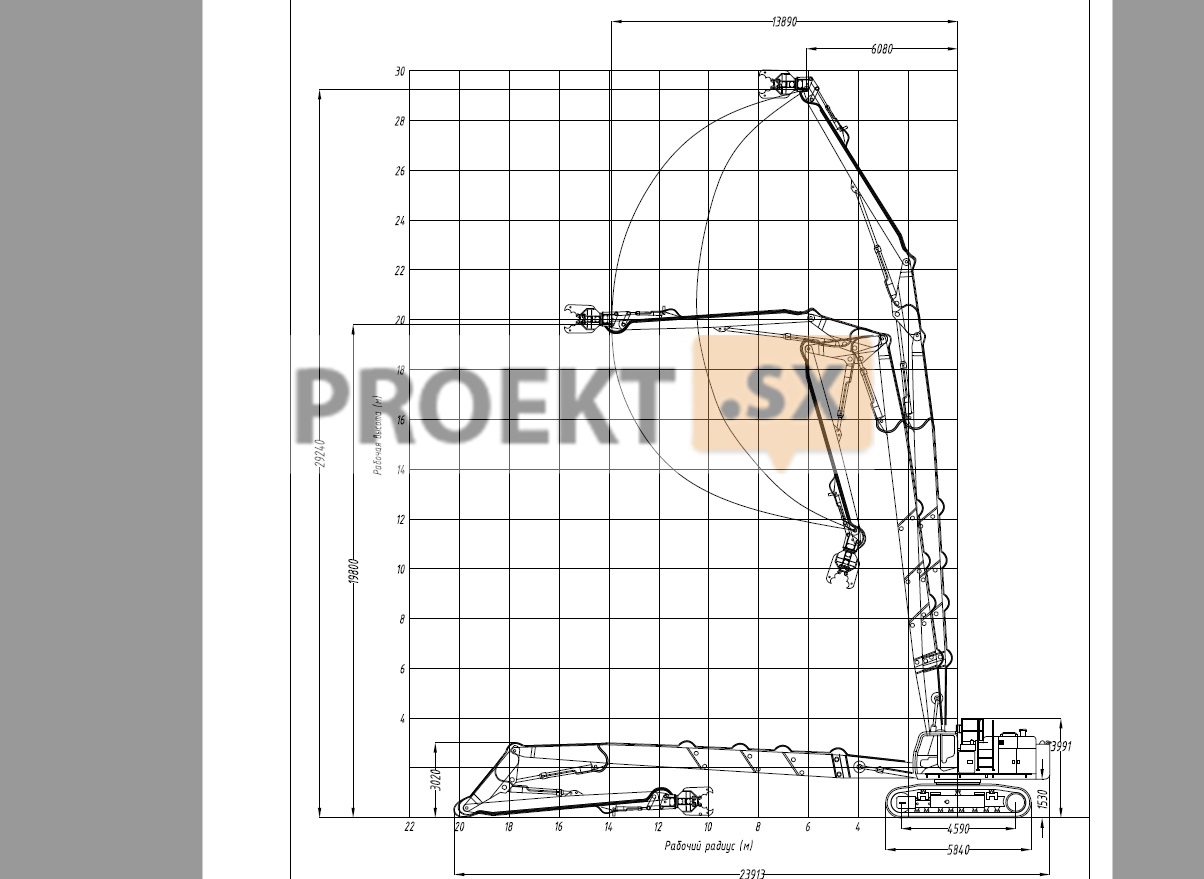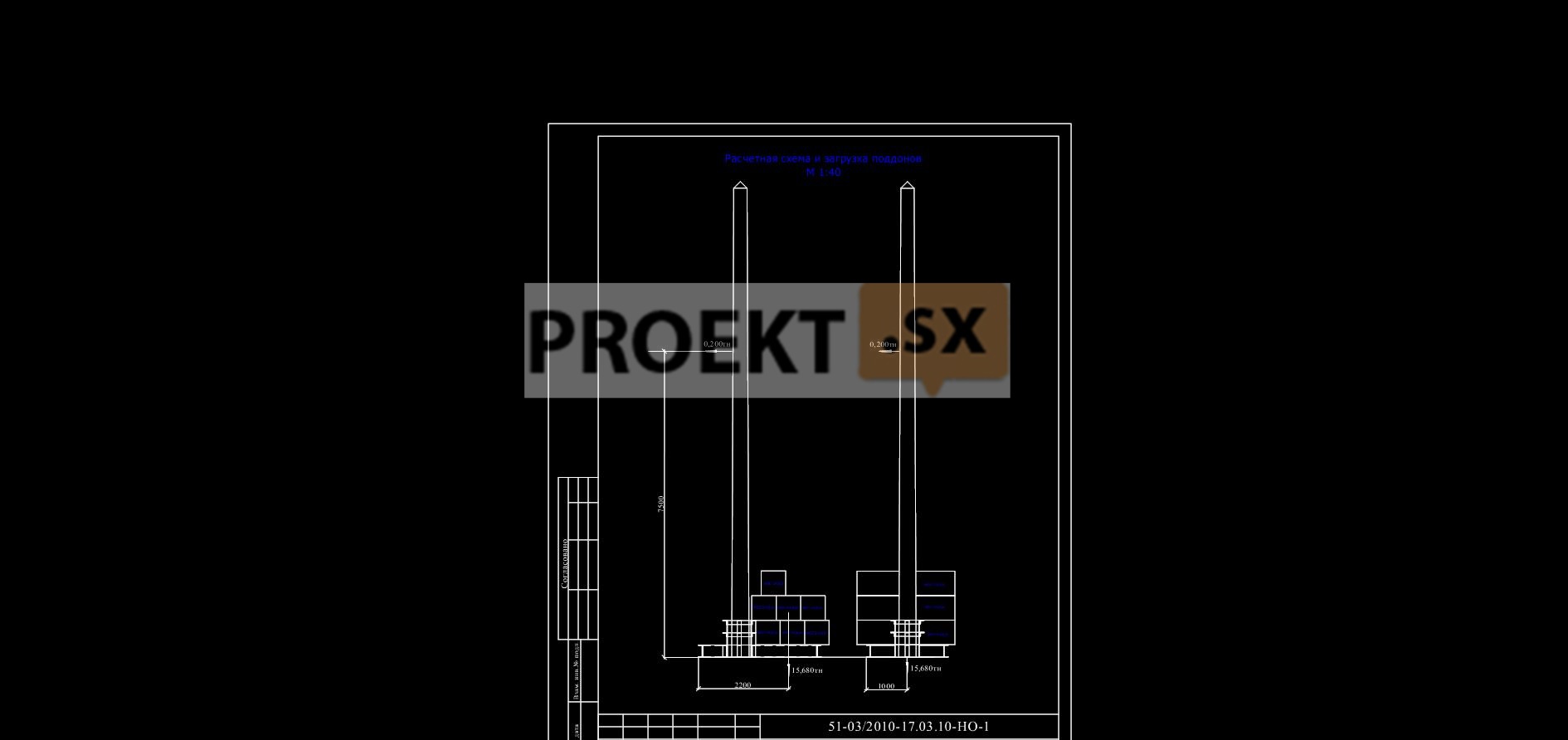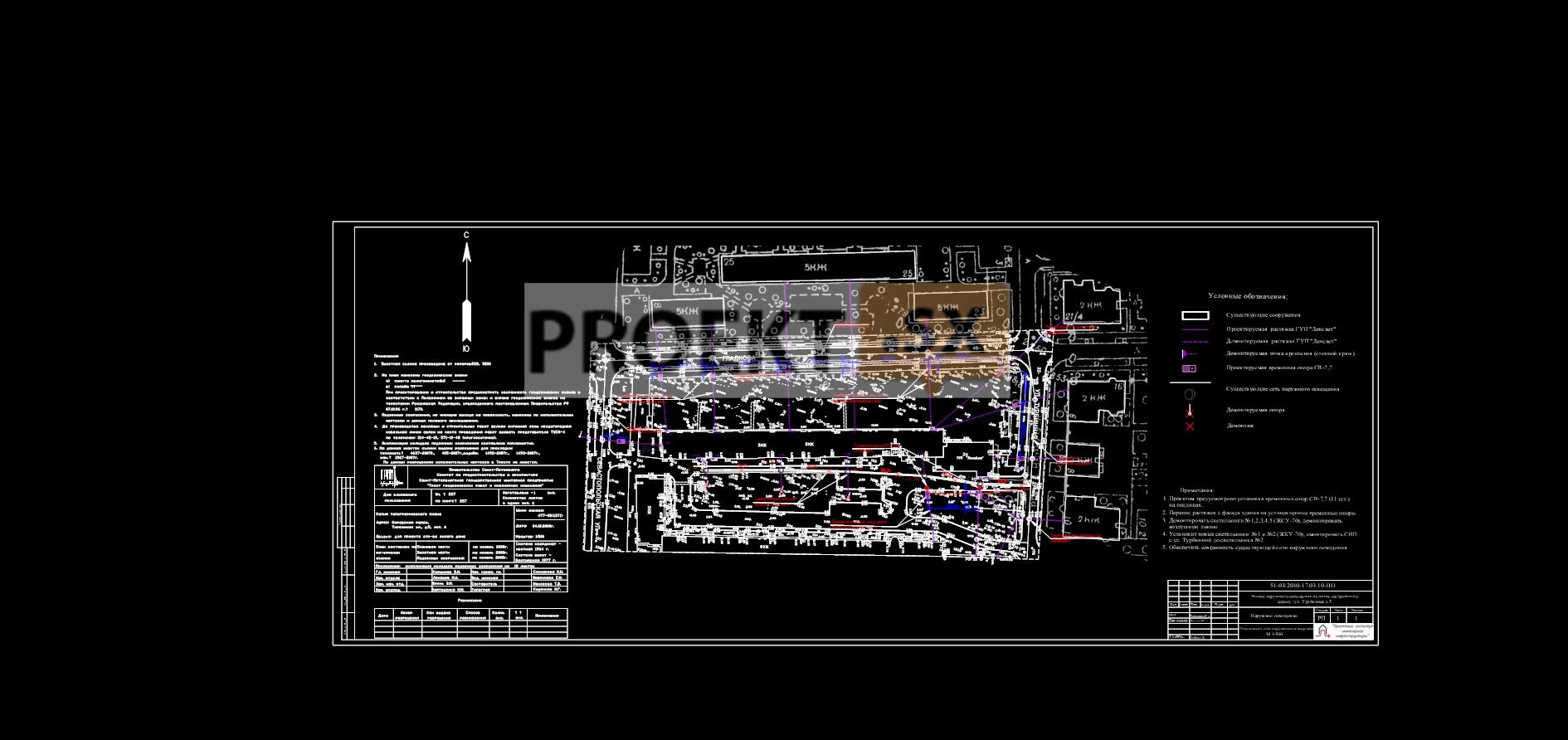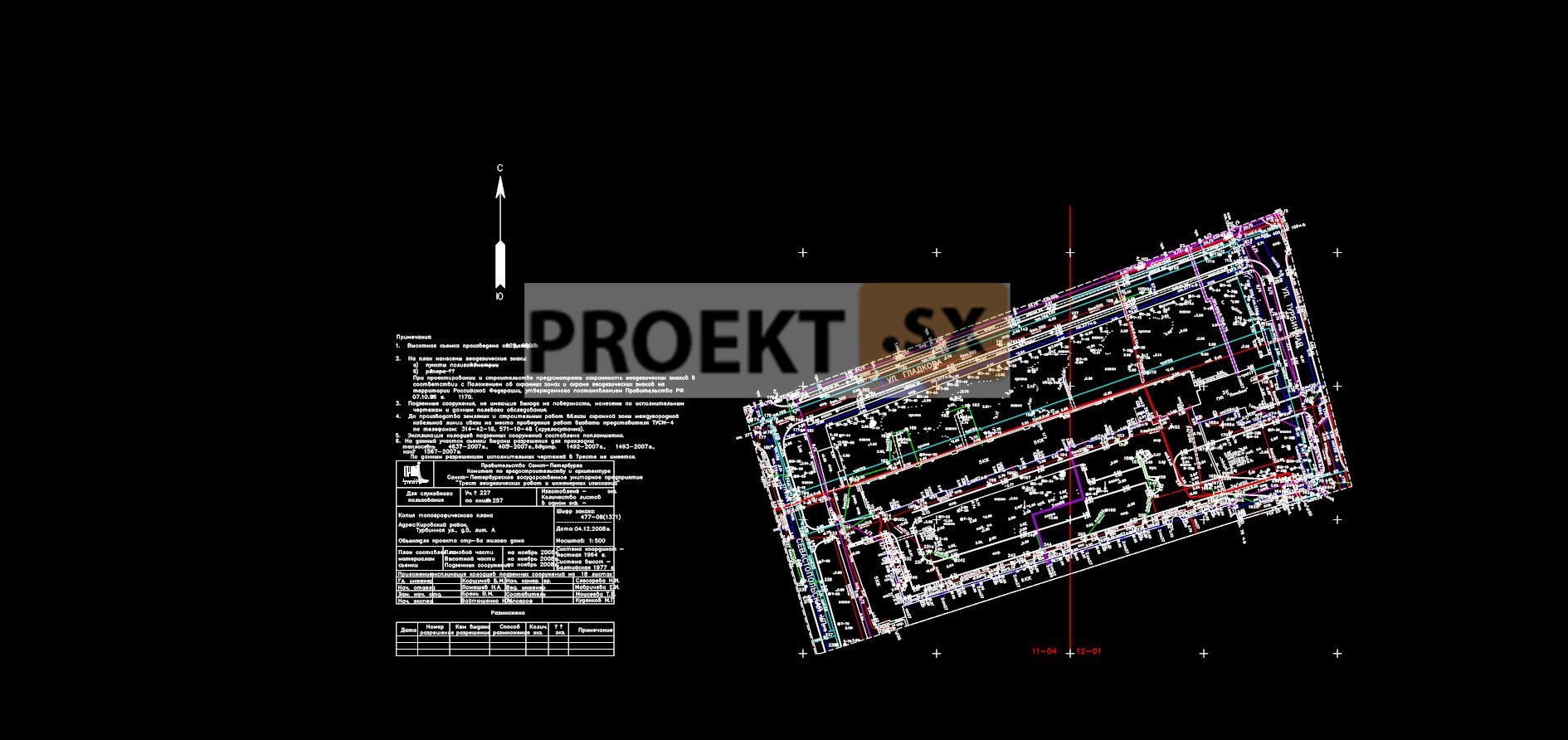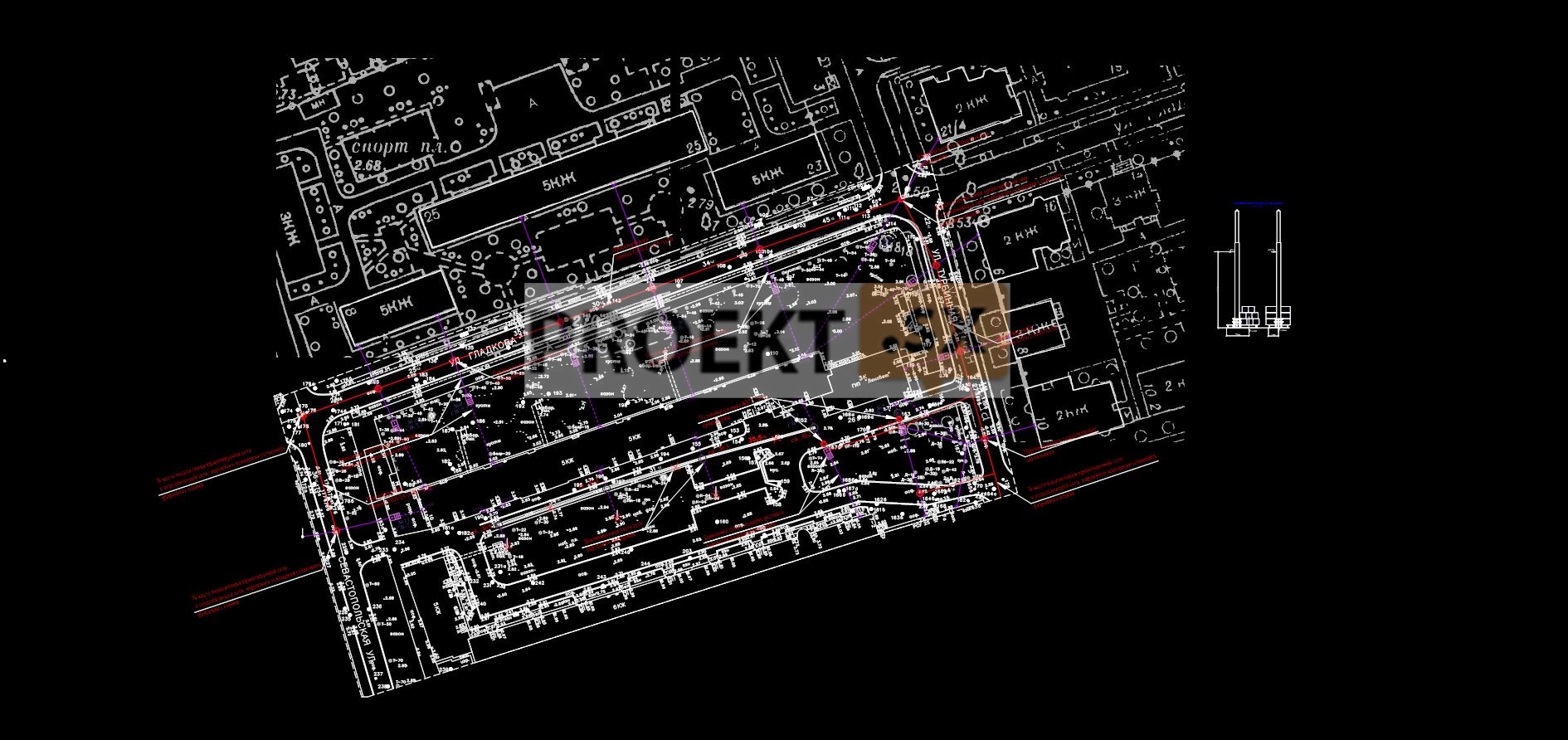Did not you find what you were looking for? Ask us! We have archives of 140 TB. We have all modern reuse projects and renovation projects for Soviet standard buildings. Write to us: info@proekt.sx
Residential demolition project
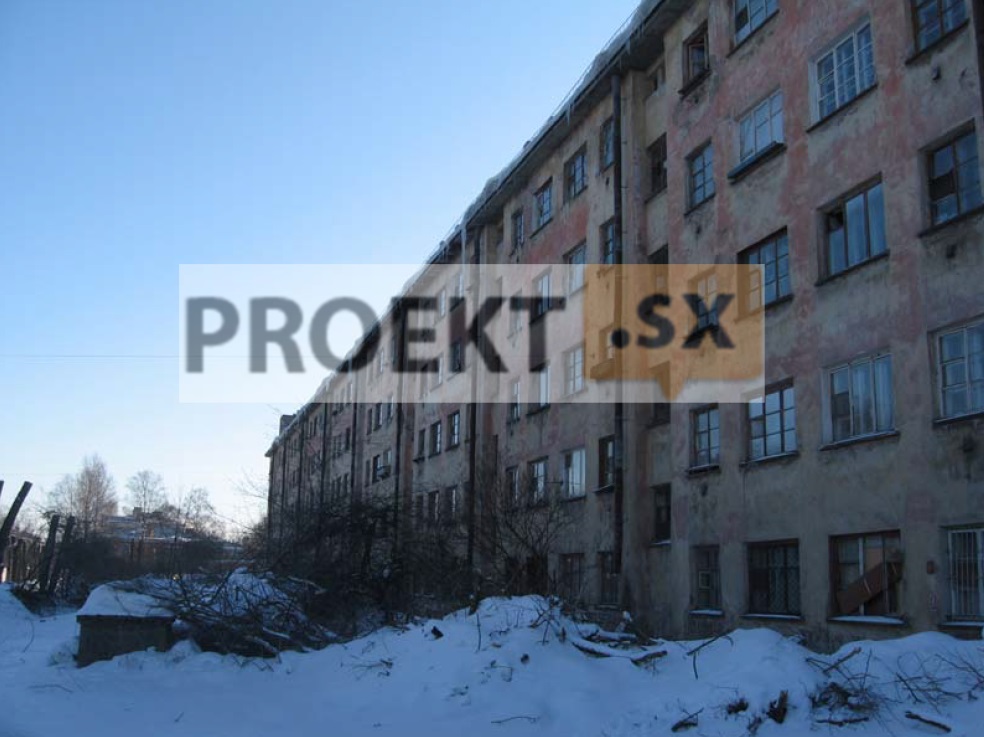
Project documentation with estimates and results of engineering surveys for the I stage of construction - dismantling (demolition) of a residential building for the subsequent construction of an apartment building
Technical and economic indicators
Plot area (within the territory fencing), m2: 11517,0
Building to be demolished
Building area lit.A /lit. A1, m2: 1617,6 / 345,2
Building area: lit. A / lit. А1, m2: 5562,0/1340,0
Construction volume (overground part): lit. A / lit. A1, m3: 25720,0 / 2451
Building volume (underground part): lit. A / lit. A1, m3: 2911/1208
Floors: lit. A / lit. A1, floor: 5/2
The total duration of the dismantling of the building, taking into account the preparatory period, months: 3
Maximum number of employees, people: 22
Estimated cost at the 2001 base price level (without VAT)
Total: thousand rubles: 4966,105
Construction and installation works, thousand rubles: 3512,444
Equipment, thousand rubles: -
Other expenses, thousand rubles: 1453,661
including :
PIR, thousand rubles: 294,001
refundable amounts, thousand rubles: 8,019
Estimated cost at the current price level May 2010 (VAT included)
Total: thousand rubles: 30058,470
Construction and installation works, thousand rubles: 22269,383
Equipment, thousand rubles: -
Other expenses, thousand rubles: 7789,087
including:
PIR, thousand rubles: 1100,873
VAT, thousand rubles: 4132,396
refundable amounts, thousand rubles: 107,282
Architectural and space-planning solutions
The dismantled building is located in the intra-quarter development from the side of Turbinnaya Street. Residential building - built in 1931, with a basement and an attic, variable number of floors: letter A - a five-story building of a rectangular shape in plan, letter A1 - a two-story extension. The structural scheme of the building is two-span with longitudinal load-bearing walls. The general planning scheme is multi-sectional, with a grouping of apartments around 9 stairwells. The foundations of the building are strip rubble, the walls are brick, the interfloor ceilings are on wooden beams, the roof is metal on wooden rafters. There was no comprehensive overhaul of the building. The building is in disrepair, settled, disconnected from engineering networks. The aboveground and underground parts of the building are subject to dismantling (demolition) based on the conclusion of the interdepartmental commission. After the demolition of the building, the construction site remains at the level of the ground with the fencing of the territory until the start of new construction. The demolition of the building is carried out for the purpose of the subsequent construction of an apartment building.
Engineering equipment, utility networks, engineering activities
According to specifications the removal of electrical networks from under the building spot is provided. The network removal project has been approved. According to the specifications, the removal of outdoor lighting from the development area was designed and agreed upon. In accordance with the specifications, the removal of the main lines of the SKT is provided. The project has been approved the removal of communication lines from under the spot of the building to be demolished was designed. Before the demolition of the building, it is planned to disconnect and dismantle all existing inputs and outputs in accordance with the schematic diagrams agreed with the owners and operating organizations. 6.1.3. Measures to ensure the sanitary and epidemiological well-being of the population and workers: According to the sanitary and epidemiological conclusion of the Office of the Federal Service for Supervision of Consumer Rights Protection and Human Welfare in the city, the results of the radiological examination of the land plot and buildings to be demolished meet the requirements of SP 2.6.1.799-99, SP 2.6.1.758-99, SanPiN 2.6.1.2523-09. According to the results of soil studies at the construction site, the sanitary and epidemiological conclusion of the Office of the Federal Service for Supervision of Consumer Rights Protection and Human Welfare in the city was submitted according to chemical, microbiological and sanitary-parasitological indicators (sampling depth 0,0-0,2 m, 0,2-1,0 m, 1,0-2,0 m, 2,0-3,0 m), establishing inconsistency of soil in terms of chemical indicators with state sanitary and epidemiological rules and standards at depths of 0,0-0,2 m, 0,2-1,0 m, 1,0-2,0 m. Soil at depths of 0,0-0,2, 0,2 m, 1,0-1,0 m, 2,0-XNUMX m according to chemical indicators, it belongs to the category of pollution "extremely dangerous". The design documentation provides for measures to deal with contaminated soils. Demolition of the residential building will be carried out in close proximity to existing residential buildings facing the construction site with facades with windows. Given the proximity of residential buildings, all work will be carried out only during the daytime with the maximum use of low-noise techniques and equipment. To provide the construction site with electricity during the daytime, a noise-protected SDMO diesel power plant will be used. At night, the site will be illuminated and the change houses will be heated from autonomous sources running on batteries. An estimate of the expected noise impact from the demolition of the building on the nearest residential buildings is presented. The design points were selected along the entire perimeter of the site, which made it possible to choose the optimal place for placing stationary equipment - a diesel power plant and a compressor. To eliminate their negative impact on the living rooms of adjacent buildings, a 4-meter continuous screen was designed with the upper part tilted towards the construction site. The sufficiency of the effectiveness of the screening effect in relation to a five-story residential building is confirmed by the calculation. To reduce noise, a set of special measures was additionally designed: carrying out work using noisy equipment from 9 a.m. to 17 p.m., limiting the total operating time of equipment to 5 hours a day, organizing regular breaks of 10-15 minutes with a complete shutdown of equipment. The section "Dismantling organization project" was developed in accordance with the requirements of SanPiN 2.2.3.1384-03. Measures have been developed to organize the construction site, sanitary and household provision for workers. The project documentation provides for the provision of all workers with personal protective equipment and overalls. The project documentation provides an assessment of the impact of dismantling work on the environment and human living conditions. The measures for environmental protection presented in the project documentation make it possible to ensure the sanitary and epidemiological well-being of the population of the surrounding buildings and those working during the dismantling work when carrying out the designed measures.
Organization of construction
The project provides for the demolition of an emergency building, including a 5-storey letter A, a building area of 1617,6 m2, a height of 15,9 m and a basement h = 2,0 m and a 2-storey letter A1, with an area of 345,2 m2, 7,1 m high and basement h = 3,5 m. The walls of the building are brick, 2,5 bricks thick, the floors are on wooden beams located between the longitudinal walls with a step of 1,1 m. The longitudinal walls of the basements are concrete, transverse walls - brick, basement ceiling - in the form of concrete vaults, based on longitudinal walls and an intermediate metal crossbar on brick intermediate supports. The basement was previously used as a civil defense facility. The foundations of the building - tape, rubble. The construction master plan was developed on a scale of 1:500 for the period of demolition of the building, taking into account the work of the preparatory period, the installation of a fence for the construction site, the disconnection and transfer of transit engineering networks. The construction site fencing is provided from a metal profile on wooden posts 2,0 m high with the installation of pedestrian galleries and protective canopies in accordance with the requirement of GOST 23407-78. The entrance of transport and construction equipment to the construction site is provided from Sevastopolskaya Street, the exit from the construction site is provided to Turbinnaya Street with a device for washing the wheels of Moidodyr-K4 vehicles with circulating water supply. Intra-site driveways are provided for temporary driveways with crushed stone coating. The dismantling of the above-ground part of the building is carried out mechanized using a HITACHI-450 excavator equipped with a high-lift boom and replaceable equipment - hydraulic shears. The dismantling of the underground part is carried out by a HITACHI-350 excavator with replaceable equipment - a gyro hammer. The mechanization of construction works is complex. The mode of operation is two-shift. The construction camp, with a maximum number of employees of 15 people, is provided from 2 container-type inventory change houses. Power supply is provided from a mobile diesel power plant with a capacity of 25 kW. The total duration of construction, taking into account the preparatory period, is 3 months. Construction waste generated during dismantling is taken out by a specialized organization to the licensed landfill "Plant MPBO-2" at Volkhonskoye Highway, house 20. The requirements for the organization of the construction site, labor protection and hygiene of construction work, methods of construction work, methods of instrumental control over the quality of construction, labor safety measures, and environmental conditions are met in full. The use of the materials and means of mechanization specified in the project is justified by the calculations and conditions for the production of work.


